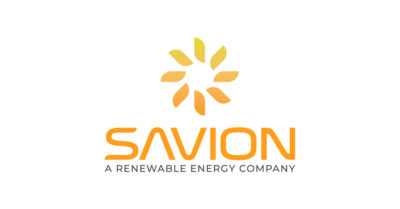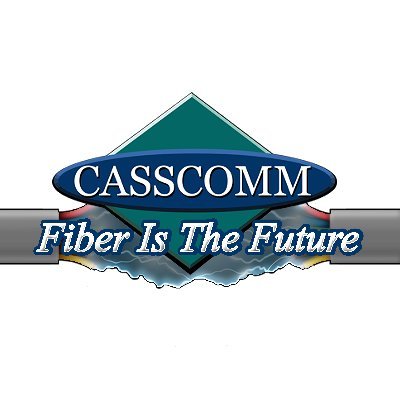The Cass County Zoning Board of Appeals took the next step in moving a multi-million dollar solar project forward in Beardstown on July 2nd. The zoning board approved the 2,382 acre project near Edgewood Drive 4 miles southwest of the city by a vote of 7-2.
Savion Development Director Courtney Timmons presented the zoning board with particulars from the project and also answered questions and criticisms from the public who attended both in person and via teleconference at Beardstown High School.
Timmons told the board that it would result in a $100-$150 million capital investment for Cass County resulting in approximately $15-$20 million in new tax revenue over the 30 year life of the project. Timmons said the largest benefactor to the new revenue would be Beardstown Community Unit School District #15.
Cass County Board Chairman Michael Barnett says he would like the investment be used to help lower the county’s property taxes: “What I would like to see on the county level is we actually reduce our taxes so that would in effect have a multiplier effect on everybody’s taxes. Then again, we are looking at a minimum of two years before any of the new tax revenue will be received, so we have to get from where we are today with the COVID-19 problems we are facing to the new revenue two years from now.”
The solar project is expected to begin operation in late 2022. When it goes online, according to Timmons, the project would become the top taxpayer in the county. Barnett says that the project is expected to generated about $900,000 to $950,000 in new revenue in its first year of operation.
Timmons says that the project is expected to inject a large amount into Beardstown’s local economy by providing about 200 temporary construction jobs and 2 to 5 permanent jobs, along with usage of local lumber yards, hotels, and essential services.
Timmons says that the county and local residents have protections in place at the local and state law level during the duration of the project both from decommissioning and abandonment: “There are 3 protections in place to make sure that the landowners and the local government doesn’t get saddled with a project that it doesn’t want. The first level is in the solar lease there is an obligation of the project with the landowner to remove and restore the land at the end of the project’s useful life. At the county level, there is an ordinance requirement that gets into great detail about what the requirements are for the removal and restoration of the land after the useful life of the project. As part of our permit application, we submitted that detail decommissioning plan and what that entails. There is also a third level of protection, which is the state level. The state has a requirement in place, a state law, called AIMA or the Agricultural Impact Mitigation Agreement, and what that agreement does is that lays out the requirements of the project to be able to remove and restore the land back into agricultural land at the end of the useful life of the project.”
Timmons says that natural grasses will be allowed to grow underneath the panels to maintain the land’s integrity and prevent run off and erosion during the project’s 30 year life span. He says that because the project is being built along a federal levee, it’s protected by federal insurance and would not interfere with the integrity of the levee to mitigate flooding in the area. He says the federal classification of the land as non-flood plain is the same the classification that the City of Beardstown receives since the city also sits next to a federal levee.
A small number of residents questioned the land protections as well as the possible devaluation of property adjacent to the project. Dale Hobrock, who voted no against the project on the Board of Appeals, says there is not enough information: “I just feel like there is too many unanswered questions yet, and some of the answers given were not very clear. I feel like there needs to be some more clarifications in trying to protect neighboring farmers, and the lease opportunities may give neighboring farms the reason to cash rents. It’s a combination of several things [that led to my vote].”
Timmons says that Savion will simply be a facilitator for the project and eventually it will be sold to a buyer who will then own an operate the site. The site is expected to connect into the Frederick North – Meredosia East old transmission line and supply approximately 150 megawatts of power. Timmons says the power will all remain in the U.S. Grid system, helping reduce the country’s reliance on foreign energy. The planned start date of construction is in late 2021.




